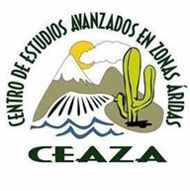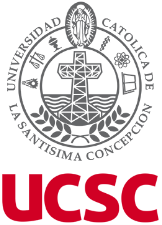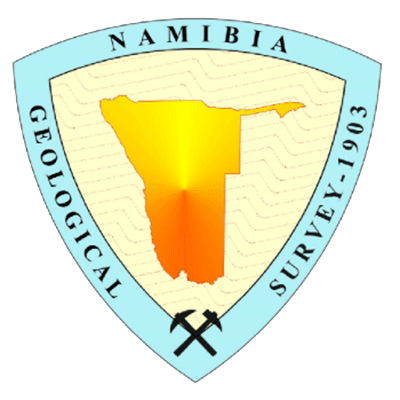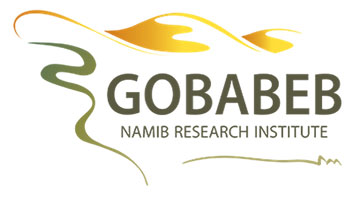Methodological challenges within the proposed CRC pertain to (i) obtaining age constraints for Cenozoic continental sediments and evaporites (ii) dating trace amounts of organic carbon in soils and (iii) quantify the provenance and trace signs of metabolism in evaporite minerals.
- Age determinations of continental sediments that are devoid of age-indicating fossils are currently largely restricted to luminescence techniques (e.g. optically stimulated luminescence, OSL), paleomagnetics, and, if present, dating of volcanic ashes and 14C-dating of organic matter. The corresponding datable age ranges are < 50 ka for 14C-dating (Wagner, 1998), < 1 Ma for OSL dating (Ankjaergaard et al., 2013; Zander and Hilgers, 2013), and no theoretical upper time limit for paleomagnetics or volcanic ashes (McDougall and Harrison, 1999; Merrill et al., 1998). For discontinuous records paleomagnetic age models require tie-points from other techniques (usually volcanic ash dating; e.g. Sáez et al. 2012). In practice this means that in many cases early Quaternary and Miocene sediments are not accurately datable, thus also the erosion episodes in the upstream catchment that delivered these sediments.
Novel techniques that may mend this shortcoming are: burial dating utilizing in-situ produced (Balco and Rovey, 2008) or meteoric cosmogenic nuclides (Lebatard et al., 2008; Lebatard et al., 2010; Wang et al., 2011); datable age-ranges are constrained by the half-lives of the cosmogenic nuclides applied (Dunai, 2010; Granger and Muzikar, 2001). Burial dating utilizing in-situ produced 10Be and 26Al require either buried paleosoils or coarse grained (pebble-sized) sediment containing quartz (Balco and Rovey, 2008; Erlanger et al., 2012), the datable time-range is ~ 0.5 - 5 Ma (Balco and Rovey, 2008; Dunai, 2010). The application of meteoric 10Be requires authigenic minerals containing meteoric 10Be, and the knowledge of the initial 10Be/9Be of these minerals (Lebatard et al., 2008; Lebatard et al., 2010), the datable time-range is ~ 1 - 8 Ma (Lebatard et al., 2010). A pilot study demonstrated the applicability of meteoric 36Cl to constrain minimum ages and deposition rates of hyperarid soils in the Atacama Desert (Wang et al., 2011), the expected upper age limit here is ~ 2 Ma.
Beyond cosmogenic nuclide approaches U-series and Lu-Hf geochronology are powerful tools to date Cenozoic sediment succession containing evaporites. Lu-Hf-dating of a variety of minerals showed that with this technique is analytically feasible to date young (> 1 Ma) samples. Examples relevant to this proposal include dating of phosphates or chemical sediments (Barfod et al., 2003; Herwartz et al., 2011b; Herwartz et al., 2013; Kocsis et al., 2010; Viehmann et al., 2014). However, open system behaviour, in particular of microcrystalline apatite does often compromise results (e.g. Herwartz et al. 2013). Environments with limited diagenetic alterations (Herwartz et al., 2013) and coarser grained minerals (Barfod et al., 2003), however, have the potential to yield reliable Lu-Hf-ages in Hf-poor minerals in sediments (Herwartz et al., 2013). For minerals up to a few 100 kyr in age, 238U-230Th chronometry is a powerful tool, as U/Th ratios are significantly fractionated in evaporite minerals like carbonates or gypsum. There are several successful examples of dating carbonates (Haase-Schramm et al., 2004; Placzek et al., 2006; Torfstein et al., 2013) and a few studies of dating gypsum (e.g. Sanna et al., 2010; Vargas et al., 2011). Straightforward dating of carbonates and gypsum are hampered by significant contributions of Th and Hf from detrital impurities, and therefore isochron approaches and a correction for impurities by detrital sediments are clearly required. - Identification and dating of organic carbon in the carbon-deficient soils in the Atacama Desert is a challenge. Reported organic carbon contents range from 2 – 73 μg per gram of soil (Fletcher et al., 2012). Most organic molecules in the Atacama are strongly depleted, while more complex mixtures of organic compounds are detectable in less arid sites (Navarro-Gozález et al., 2003; Valdivia-Silva et al., 2012). Modern preparative gas and liquid chromatography systems allow the purification of minute amounts of individual organic compounds, which can be related to the organisms producing them. Utilizing small-sample techniques for AMS 14C dating (Fahrni et al., 2010; Liebl et al., 2013; Santos et al., 2007) on those isolated compounds (‘compound specific radiocarbon dating’), would allow to assess the nature and timing of past biological activity at sites that are currently devoid of biological activity. Beside microbial lipid biomarkers, plant-specific organic compounds may also be isolated, which would allow tracing changes in sources of organic matter.
- The stable isotope signature of sulfates and nitrates in evaporites permits the quantitative separation of their sources (atmospheric, marine, microbial activity; Michalski et al. 2004) and trace (fossil) microbial cycling of nutrients (e.g. denitrification; Michalski et al. 2004). In conjunction with dating of evaporites (see above) the temporal variation in the relative contribution of sources and/or biological activity could be reconstructed. The determination of Δ17O, which is essential for this fingerprinting, requires state of the art stable isotope masspectrometry and sample preparation. Moreover Δ17O determined on hydration water in evaporites has a potential for reconstructing paleo-humidity (Hodell et al., 2012), which remains be unlocked.




























